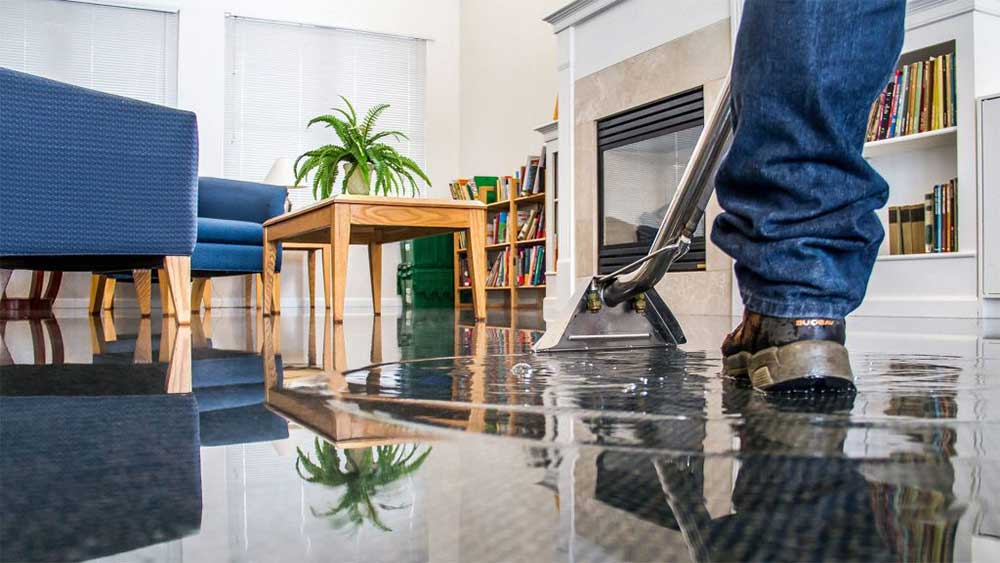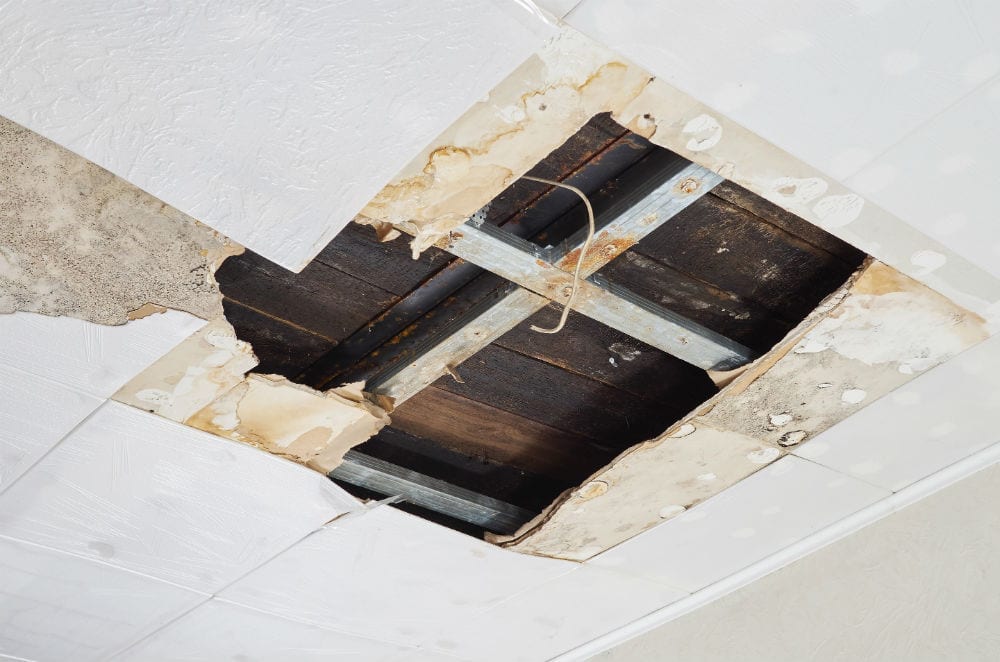Do's as well as Don'ts During Water Damages Emergency Situations.
Do's as well as Don'ts During Water Damages Emergency Situations.
Blog Article
Have you been interested in content concerning Preventing Fires and Water Damage In Your Home?

Water gives life, but water breach on some components where it's not supposed to be can result in damage and hassle. In addition, homes with water damage odor old as well as mildewy.
Water can come from several sources like tropical cyclones, floodings, ruptured pipes, leaks, and also sewer concerns. It's much better to have a functioning expertise of safety precautions if you have water damage. Here are a couple of standards on just how to handle water damage.
Do Prioritize Residence Insurance Policy Protection
Seasonal water damage can originate from floodings, seasonal rainfalls, and also wind. There is additionally an occurrence of a sudden flood, whether it came from a damaged pipeline that instantly breaks right into your house. To shield your home, obtain house insurance policy that covers both disasters such as all-natural catastrophes, as well as emergencies like damaged plumbing.
Don't Forget to Turn Off Utilities
When calamity strikes and you're in a flood-prone location, shut off the main electric circuit. Turning off the power stops
electric shocks when water can be found in as water functions as a conductor. Do not neglect to switch off the major water line valve as a means to prevent more damage.
Maintain your furnishings steady as they can move around and trigger extra damages if the floodwaters are obtaining high.
Do Stay Proactive and also Heed Weather Condition Notifies
If you live in a location afflicted by floods, remain positive and ready at all times. Pay attention to the news and also evacuation cautions if you live near a body of water like a creek, river, or lake.
Don't Disregard the Roofing System
Your roofer should take care of the faulty gutters or any other indicators of damages or weakening. An evaluation will avoid water from flowing down your wall surfaces as well as saturating your ceiling.
Do Take Note Of Small Leakages
A burst pipeline does not occur in a vacuum cleaner or over night. There are red flags that can attract your attention and also indicate to you some damaged pipelines in your house. Signs of warnings in your pipes include gurgling paint, peeling wallpaper, water streaks, water spots, or dripping noises behind the wall surfaces. There are indicators that the pipe will burst. If you see these indicators, don't await an acceleration. Repair work and also check your plumbing repaired before it leads to massive damage to your home, financial resources, and also a personal headache.
Do Not Panic in Case of a Ruptured Pipe
Timing is essential when it comes to water damage. If a pipe bursts in your house, promptly closed off your primary water valve to cut off the source and avoid more damages. Call a reputable water damage restoration specialist for support.
Water offers life, but water intrusion on some parts where it's not expected to be can result in damage and hassle. In addition, homes with water damages scent old and also mildewy.
Seasonal water damage can come from floodings, seasonal rains, and also wind. Indications of red flags in your pipelines include gurgling paint, peeling wallpaper, water touches, water spots, or trickling noises behind the wall surfaces. If a pipe bursts in your residence, immediately closed off your major water valve to cut off the resource and avoid even more damages.
Some Do's & Don't When Dealing with a Water Damage
DO:
Make sure the water source has been eliminated. Contact a plumber if needed. Turn off circuit breakers supplying electricity to wet areas and unplug any electronics that are on wet carpet or surfaces Remove small furniture items Remove as much excess water as possible by mopping or blotting; Use WHITE towels to blot wet carpeting Wipe water from wooden furniture after removing anything on it Remove and prop up wet upholstery cushions for even drying (check for any bleeding) Pin up curtains or furniture skirts if needed Place aluminum foil, saucers or wood blocks between furniture legs and wet carpet Turn on air conditioning for maximum drying in winter and open windows in the summer Open any drawers and cabinets affected for complete drying but do not force them open Remove any valuable art objects or paintings to a safe, dry place Open any suitcases or luggage that may have been affected to dry, preferably in sunlight Hang any fur or leather goods to dry at room temperature Punch small holes in sagging ceilings to relieve trapped water (don't forget to place pans beneath!); however, if the ceiling is sagging extremely low, stay out of the room and we'll take care of it DO NOT:
Leave wet fabrics in place; dry them as soon as possible Leave books, magazines or any other colored items on wet carpets or floor Use your household vacuum to remove water Use TV's or other electronics/appliances while standing on wet carpets or floors; especially not on wet concrete floors Turn on ceiling fixtures if the ceiling is wet Turn your heat up, unless instructed otherwise

I ran across that entry about 5 Home Safety Tips To Reduce The Risk Of Fire And Water Damage while scouting around the web. I beg you take a moment to promote this write-up if you liked it. I love reading our article about Keeping Your Home Safe This Holiday Season.
Report this page